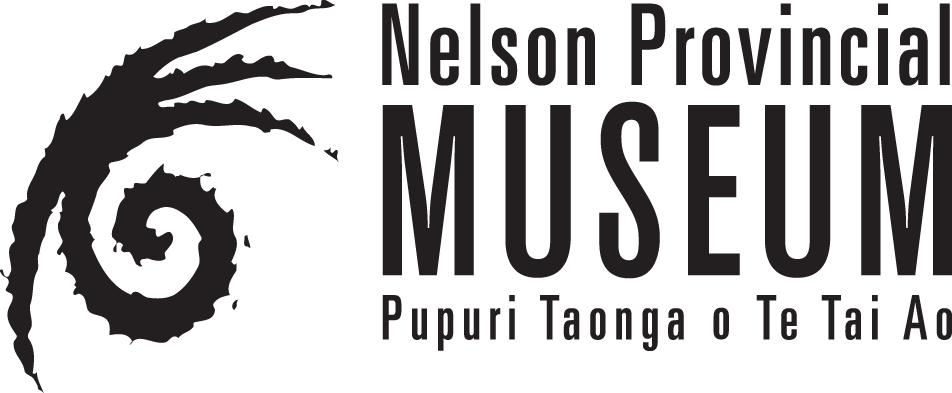The Nelson Provincial Museum collects all types of material that strongly records the natural, cultural and social history of the Nelson Tasman region. We also act as kaitiaki to Māori Taonga and Taonga Tūturu which fall under specific guidelines for acquisition or deposit.
Donating an Object
Do you have something for us to consider for the Museum’s Collection? Please complete the donation form below.
Collections Management Policy : This helps us decide which objects to collect
Māori Taonga and Taonga Tūturu
The museum welcomes all enquiries for the identification and return of taonga.
The acquisition of all taonga is reviewed against the strict criteria set out by the Protected Objects Act 1975 and is determined by the decisions of the Te Tai Ao Komiti [link]. The Komiti represents mana whenua iwi of Ngāti Kuia, Ngāti Tama, Ngāti Rārua, Ngāti Toa Rangatira and Te Ātiawa.
Our Kaitiaki Taonga Māori can advise on a variety of matters, including whether the taonga satisfies the definition of “Taonga Tūturu” and must be registered with the Ministry of Culture and Heritage. The Nelson Provincial Museum can assist with registering Taonga Tūturu, and we can safely care for these objects until the legal owner is declared by the Māori Land Court.
Taonga Tūturu
“Taonga Tūturu” means an object that
1) relates to Māori culture, history, or society; and
2) was, or appears to have been, -
i. manufactured or modified in New Zealand by Māori; or
ii. brought into New Zealand by Māori; or
iii. used by Māori; and
3) is more than 50 years old.
Retrospective Powers of the Protected Objects Act 1975:
All Taonga found after 1 Nov 2006 are prima facie Crown owned until the Māori Land Court make a determination of ownership.
All Taonga known to have been used or found before 1902 are prima facie Crowned owned and are referred to as Taonga Tūturu.
Any Taonga found between 1 April 1975 and 1 Nov 2006 that did not meet the definition of artefact [link to Act] (i.e. are not older than 1902) are not prima facie Crowned owned.


